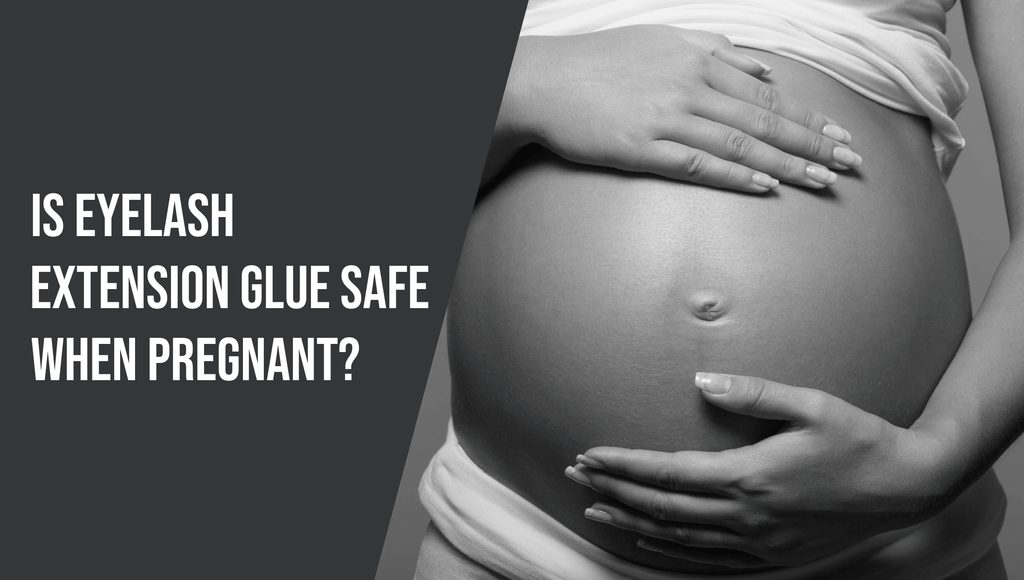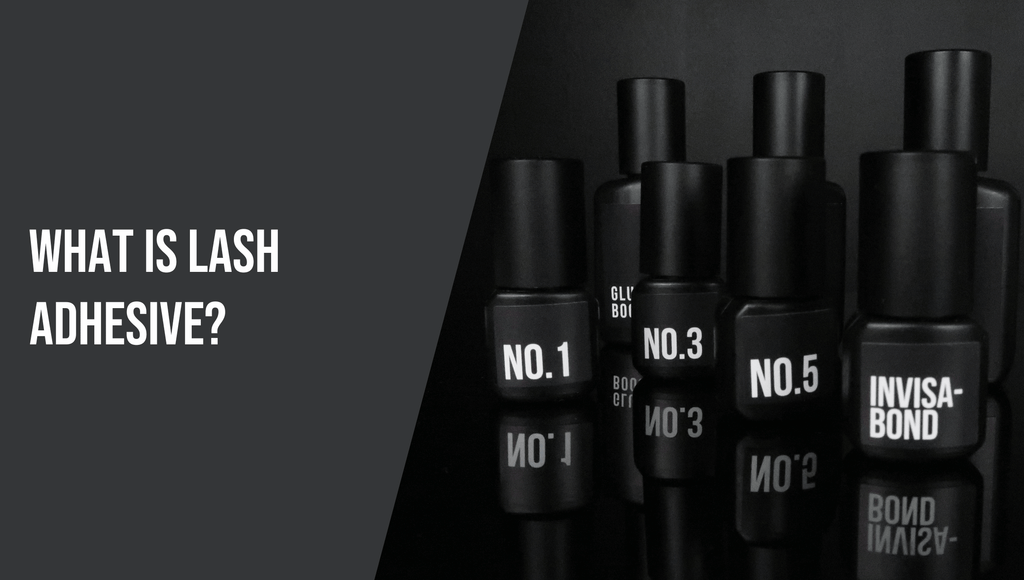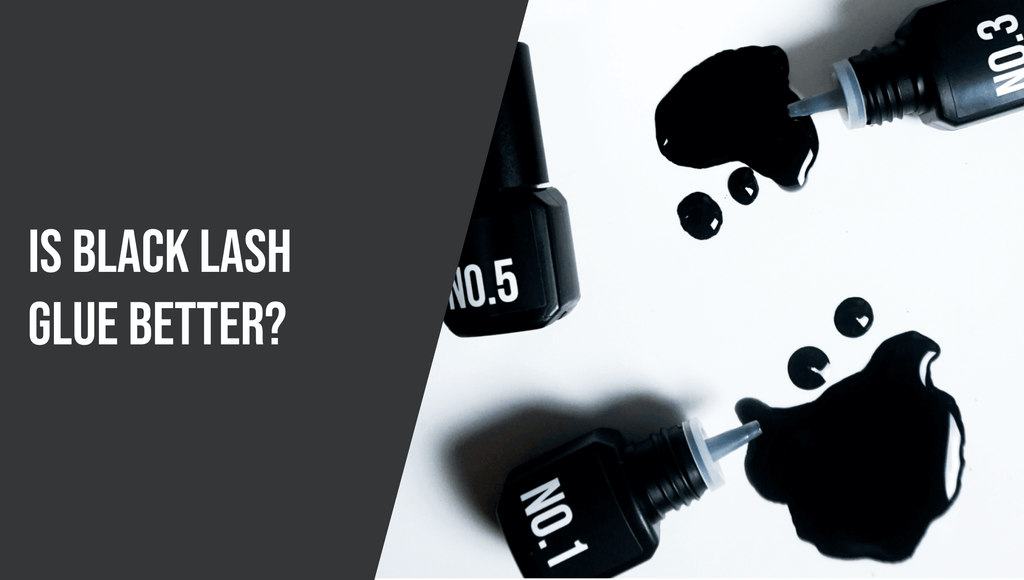How to Treat an Allergy to Eyelash Extension Glue
March 26, 2018 by The Lash Professional.

There are three things we, as lash artists, need to be able to do when it comes to a client’s reaction or allergy to eyelash extension glue: treat, minimize, and avoid!
When you get that heart-sinking call from a client saying they are having a reaction, you are limited in what YOU can do for them, so make sure to assess the situation thoroughly so you can give them the best direction possible!
Ask these questions:
- Are you experiencing discomfort?
- Are you experiencing irritation/itching around your lash line?
- Is your lash line swollen?
- Are you noticing redness around your lash line?
As licensed professionals, we know how to treat allergic reaction to eyelash extension glue and can give clients advice to alleviate MILD discomfort and reactions. In more severe cases, we cannot, however, give clients medical advice. In these rare situations, it is best that they see a medical professional if the discomfort, irritation, redness, and swelling is severe and/or persist more than 48 hours.
Treating Reactions to Eyelash Extension Glue
If the symptoms are mild there are a few things the client can do:
1. Cold Compress – This is more like a Band-Aid than a treatment but it sure will feel good if the client is feeling discomfort. They may even want to pair a cold compress (ice pack, frozen peas… whatever is available really) with one of the suggestions below!
2. Cortisone Cream – This cream is a topical alleviant to allergic reactions and can assist in mild cases involving lash extensions and adhesive. If your client notices irritation, redness, and/or discomfort, suggest they use a small amount of cortisone cream to relieve the symptoms. This cream can be purchased over the counter.
3. Benadryl – Benadryl will work wonders when it comes to clients with adhesive sensitivity. It won’t cure someone’s allergy to eyelash extension glue (unfortunately nothing will) but it will help to ease the sensitivity to chemicals present during/immediately after the lash appointment. After a short amount of time, the irritating chemical is no longer present. If a client calls after their appointment with irritation, redness, and/or swelling around the lash line, Benadryl is a quick alleviant. It may also help them determine whether or not their sensitivity is severe. Suggest they take a small amount and monitor their symptoms over the next 48 hours. I’ve even had clients who know they have a mild allergy to eyelash extension glue; to prep for their appointment, they take Benadryl before they come in.
4. Urgent Care – Only mild symptoms can be treated at home and in some rare situations, it may be best that the client drops into an urgent care or medical professional.
Dealing with Eyelash Extension Reactions
Experiencing an allergic reaction to eyelash glue or facing post-extension swelling, especially with only one eyelid swollen after eyelash extensions affected, can be distressing. Understanding how to handle these concerns ensures a seamless, beautiful lash journey.
If you find yourself with eyes swollen after eyelash extensions or encounter an eyelid swollen after lash extensions, first address any possible adhesive allergies. A reaction may include irritation, redness or swelling from glue; hypoallergenic adhesives should be chosen or consult a technician regarding different glue options to ensure safe lash applications and comfortable results.
How to treat eyelash glue allergy?
Prioritize your lash health by discussing any concerns or allergies with your technician beforehand and opting for patch tests. Remember, if you encounter swollen eyelids after eyelash extensions swift, appropriate action ensures a safe lash experience, empowering you to embrace the beauty of luscious, flawless lashes without compromising your comfort or well-being.
Are You Experience a Swollen Eyelid After Lashes Extensions?
Don't Panic! Although uncommon, eyelid swelling after extensions is possible and due to adhesive sensitivity or improper application. Quick remedies like cold compresses and mild antihistamines should help alleviate discomfort quickly; for persistent swelling it is advised to consult professional advice as quickly as possible and opt for patch tests and communicate any concerns beforehand to ensure an excellent experience and stunning lashes!
Minimizing the Possibility of Reaction to Eyelash Extension Glue
If a client is prone to sensitivity to products or adhesive, there are a few things you can do:
1. Try Sensitive Adhesive – Sensitive adhesive is a great option for clients with sensitivity. What do I mean by “sensitivity”? Ask your clients those four questions from before. If they say “yes” to 2 or less of the questions, it is likely sensitivity. Try The Lash Professional’s N5 Sensitive Eyelash Glue– it works wonders! If they answer “yes” to more than 2 of the questions I would advise you to tread lightly. Continuing to lash on a client who has persistent and uncontrollable reactions could cause permanent damage to the client’s lashes or even EYE! Suggest they try a “no lash” look (lol).
2. Ditch the Primer – Sometimes, oh so rare, but SOMETIMES… the client doesn’t have a GLUE allergy at all! There are other products we use that have chemicals in them, even some natural ingredients that clients may not tolerate well. Try to replace those products with alternatives. For example, rather than using a primer on your sensitive client, wash their lashes before each appointment. It will, essentially, accomplish the same thing, and may fix the problem!
3. Shorten the Fill Times – Suggest the client comes every week for a shorter fill rather than every two or three. The least amount of time as possible subjected to the fumes of the adhesive, the better! Cutting down the lash fill time will cut down the chances of sensitivity and reaction!
4. Fan the Lashes – For clients who are sensitive to the chemicals in the lash adhesive, it may be a good idea to use a fan throughout the appointment. Doing so will keep the fumes from lingering around and causing your client discomfort. Try using the fan for a few minutes after the appointment. This will ensure those fumes are as good as gone.
Avoiding the Possibility of Reaction to Eyelash Extension Glue
How can we minimize the possibility of reactions, altogether? Ensure our clients are educated, prepared, and comfortable at all times! Start with a waiver. You need-need-need to protect yourself and your business, but most importantly you need to protect your clients. How, you ask? By reading a thorough waiver they will be made aware of all the risks (and how to avoid them), ingredients, and aftercare instructions.
So, what should your waiver include?
- Name, Date, Contact (Duh!)
- Ingredients and Products Used
- Appointment Process
- Contraindications of Appointment
- Possible Side Effects or Reactions
- Thorough Aftercare Instructions
- Signature and Date (This part is a MUST)
Ensure each client signs one of these waivers so you feel confident and comfortable lashing on them! It doesn’t hurt to take it a step further. Go over a few of these points during the appointment or ask if they have any questions. This way you are POSITIVE they understand.
You won’t always be able to avoid reactions, but you should know how to treat allergic reactions to lash extension glue! Always remember to stay calm and professional, and if their reaction is severe ALWAYS recommend they see a medical professional.




